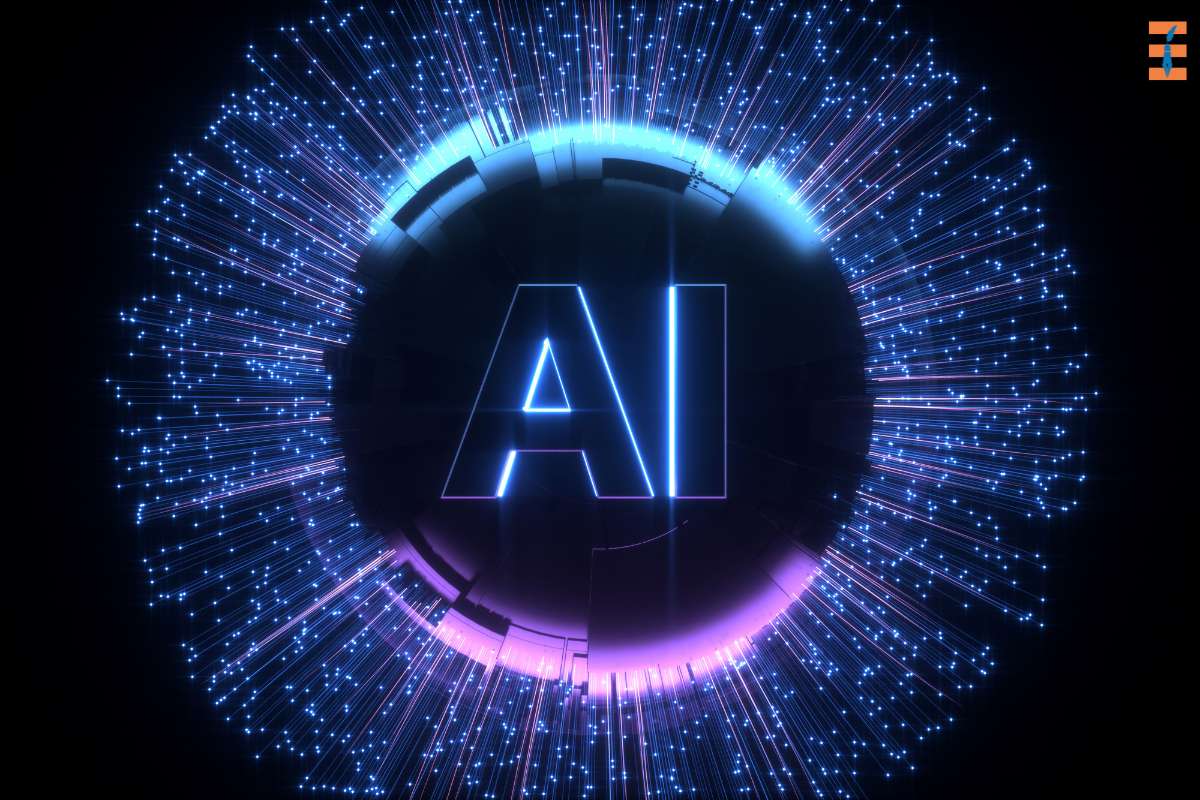There were several shifts in 2020’s preferred technological trends in teaching and learning. Such options are expected to progress in K-12, tertiary, and tertiary institutions in 2021. Distancing oneself socially is the norm everywhere in the globe. As a consequence, there is now a lockdown in effect. So, everyone, including students and teachers, has to remain inside and keep things running smoothly.
Classes and tests will be given digitally in 2021. It will most likely speed up the likes of these endeavors. And the range of degrees available from each institution will undergo radical transformations. It will be a huge boon to online learning and is likely to accelerate the technological trends in teaching and learning toward greater accessibility. It is my intention to talk about the current and future state of technology in the classroom. What kind of impact they will probably have on the situation? Therefore, you should hold tight. In this blog, we are going to learn about the 7 best technological trends in teaching and learning.
Here are 7 Technological Trends In Teaching And Learning;
1. Online Education
a significant shift brought about by developments in information and communication technologies in the classroom. Sessions are either in-person or conducted digitally. The majority of lectures and seminars in today’s educational institutions are delivered in real-time. In real-time lectures, participants do not leave their homes.

This means that by 2021, online courses will likely have more rapid certification processes. And the financial benefits will be substantial. Consider the strategy, if any particular educational establishments are operating on a round-the-clock basis. There is a fully equipped classroom waiting for you here. The original schedule didn’t account for live lectures.
2. Internet-Based Learning
Internet-based instruction is the first and one of the best educational technological trends in teaching and learning. There are currently available learning control systems. It’s possible to put them to use in a manner that makes it possible to conduct classes in person. The organization of the class as a whole and the faculty within it is simplified. Systematic online management of technological education is crucial. In addition, it is often used in virtual classroom environments. Facial expressions are absent from the lives of these kids.
Recent developments in educational technology have mitigated the threat of job loss. You can avoid spending money on paper and postage. It’s a convenient repository for college students. And the security of their work is backed up as well. That’s why they’ll have no trouble finding it. It also can’t fall swiftly. Recent developments in technological trends in teaching and learning have made it easier for students to communicate with their lecturers. It provides a straightforward and systematic approach. That way they may study whenever it is convenient for them. And the tempo never slows down. It is in their own homes that students find the most solace.
There is a rising tide of educational technologies. Students’ knowledge may be improved by new educational technologies, especially those that emphasize online instruction.
(More Digital in the New Year: The Promise of Education Technology in 2021 | EdTech Digest, 2021)
3. Blockchain Technology
In my opinion about technological trends in teaching and learning, blockchain is going to be a game-changer. The use of such technology in schools is something we see as a growing technological trend in teaching and learning in the near future. The blockchain’s potential economic impact is just one consideration. There’s more to it than simply bitcoins. Bitcoin is a minor application of the blockchain.
When it comes to the use of blockchain technological trends in teaching and learning, I am an ardent supporter of the movement. In fact, Bitcoin has nothing to do with it. It’s not even about computers or making claims on the internet. People may now put their faith in one other’s blockchain infrastructures. Furthermore, commercially viable, and backed by huge resources, they can handle everything. This is one of the best technology in the list of technological trends in teaching and learning.
It’s a crucial piece of equipment nowadays. There is a sense of calm there. There is no connection to terrorism or financial wrongdoing. This is an extremely secure building. All of society is aware of it. This is something that has been widely discussed. And some of the users here are up to date.
4. Big Data and Education
Around one American kid drops out of school every 26 seconds. There are almost 1,700 high schools with dropout rates of 20% or higher. The most calculated area is sadness itself. By the year 2020, there will be over 120 million skilled jobs in the United States. Only around half of those jobs will be suitable for American graduates.
The sum of these figures can only be catastrophic. But imagine if educators had access to a more effective means of tracking pupil development. As new technological trends in teaching and learning, big data technologies are becoming more important for educators.
When it comes to big data, the proverbial “counting rod” no longer applies. It gives us access to the pupils’ thought processes. It will be used as a measuring stick for their progress in school. Many of today’s top politicians and software developers are convinced of the validity of such technology. There’s no need to wait for this technology to be implemented before using it to solve the situation. The impetus for the 21st-century educational reform that has swept the United States.
When it happened, “big data” was born. Acquiring an understanding of the benefits of big data in the classroom is crucial. The use of big data may be quantified as a technological shift in classrooms.
5. Artificial Intelligence
Artificial intelligence (AI) is now a popular tool for teachers to use. Artificial intelligence has had a significant impact on the classroom. What’s crucial for appreciating AI’s worth? The AI of the educator poses no difficulty. It’s not an attempt to protect educators, but rather to enhance their instruction. All of this is done with the intention of making life better for our kids.

In a certain manner. The advent of AI suggests we reevaluate our whole approach to teaching and learning. Moreover, it is sent to classroom instructors. We probably need a model that’s a lot more of a mix of things. Where our AI systems significantly outperform the competition.
When class is in session and the instructor has the pupils in his or her presence. What they need to do is follow their heart. You are free to investigate the options. The current technological trends in teaching and learning using technology in the classroom would be more beneficial if people really spoke about their experiences. They will learn new things and improve their existing ones. Tools for problem-solving like effective communication.
As a result of AI, we are able to verbalize such dominating behaviors. We saw it quite some time ago. Our AI machines are competent enough to evaluate the small number of tests we provide. Artificial intelligence (AI) is here at last. This includes, for instance, the ability to write whole novels without restriction. Library-length works may be summarized by AI.
Students’ active participation in their own learning is facilitated by this development in technological trends in teaching and learning. The Coursera app provides access to a wide variety of educational resources. The use of AI in the classroom has the potential to revolutionize and enhance the learning experience for everybody involved.
6. Gamification
The use of gaming techniques in the classroom is the latest development in technological trends in teaching and learning. We get an appreciation for the how, when, and why video games are used in the classroom. It’s quite exciting to be around. First of all, why should educators set themselves on fire? It helps pupils see things more clearly, which in turn boosts their talents and efforts. It’s the key to figuring out what tactics will work best for them.
Learners are inspired by the excitement of playing games. This is a reminder that nobody enjoys coming in second place. To succeed is something that drives every person. Some educators have contrasting views. Students wouldn’t be able to handle the complexity of the game idea. As a group, infected kids are used to having fun via recreation. These are useful technological trends in teaching and learning that can be implemented in classrooms.
This is perhaps the finest thing that can be said about a school’s classrooms. What makes them successful is that their kids never give up. That’s a lot of fun for the schoolchildren. There will be a few bright spots in their expressions. After that, I’ll list a few games.
There have been several recent technological trends in teaching and learning that use games or game-based learning. Simply said, a game is any kind of play that follows a certain set of rules established by its designers. The only purpose of games is to provide entertainment. The goal of these is to maintain the player’s full attention during the game.
7. Virtual Reality
You probably aren’t very good at virtual reality yet. It has major repercussions for both tourist and educational destinations. Still, developments in educational technology sought solutions. Virtual reality (VR) is unquestionably enrolling in the classroom. What’s the deal, though? What are the educational advantages of virtual reality technology? Finally, how does this affect teaching generally?

Virtual reality (VR) refers to a digital technology that creates a simulated setting. An artificial voice is provided, and every input causes action. Typically, the customer has no contact with the outside world. To do this, we use a virtual reality setup that can display visuals, audio, and motion. It’s an excellent setting for living. This is widely recognized as a current direction in the use of technological trends in teaching and learning.
For study purposes, it may be followed. And it can talk to kidney replacements. Virtual reality teaches pupils to take an active role in their education. It encourages the exercise of personal agency. The first stage of virtual reality education continues to expand. Virtual reality (VR) is not widely used in traditional classrooms at this time. However, this is a current pattern in digital classrooms.
Conclusion
As a result, the use of technological trends in teaching and learning is rapidly expanding. Many shifts are still to be made. It’s certain that more progress will be made. Probably, you’re asking what this means for your lesson plans. The pupils will be able to develop as a result. Through the dissemination of information, it is improving academic results for students. Using quantitative measures of student success might inspire others to achieve their goals. I hope this blog ‘Technological Trends In Teaching And Learning’ help you a lot in your educational journey.










